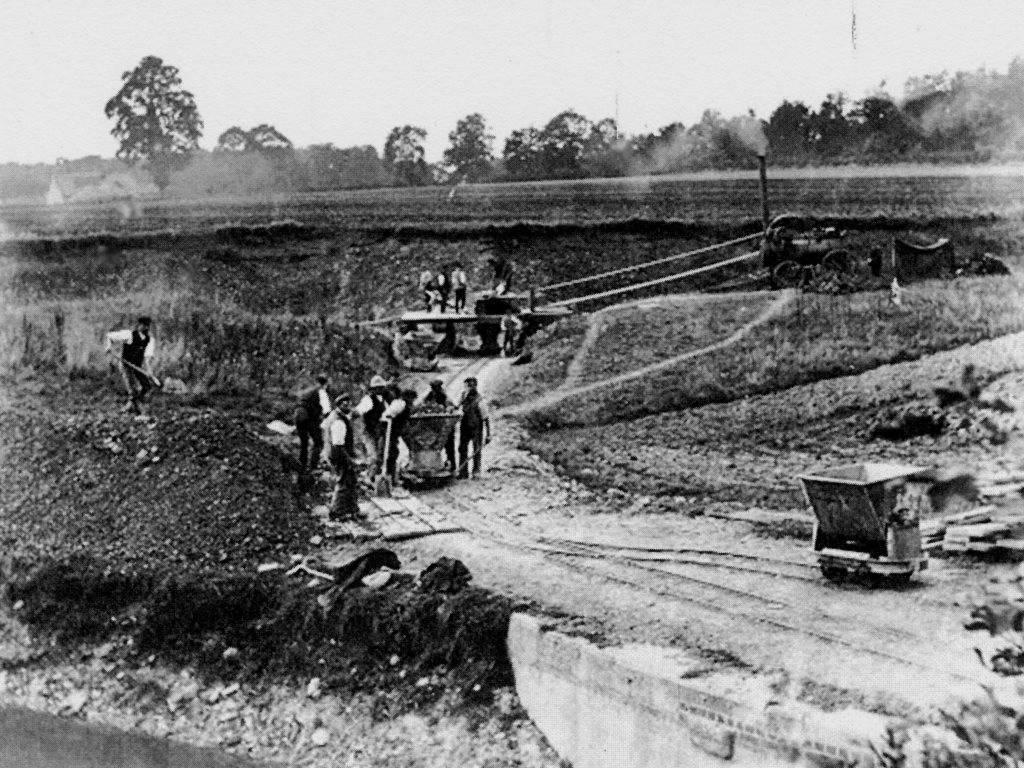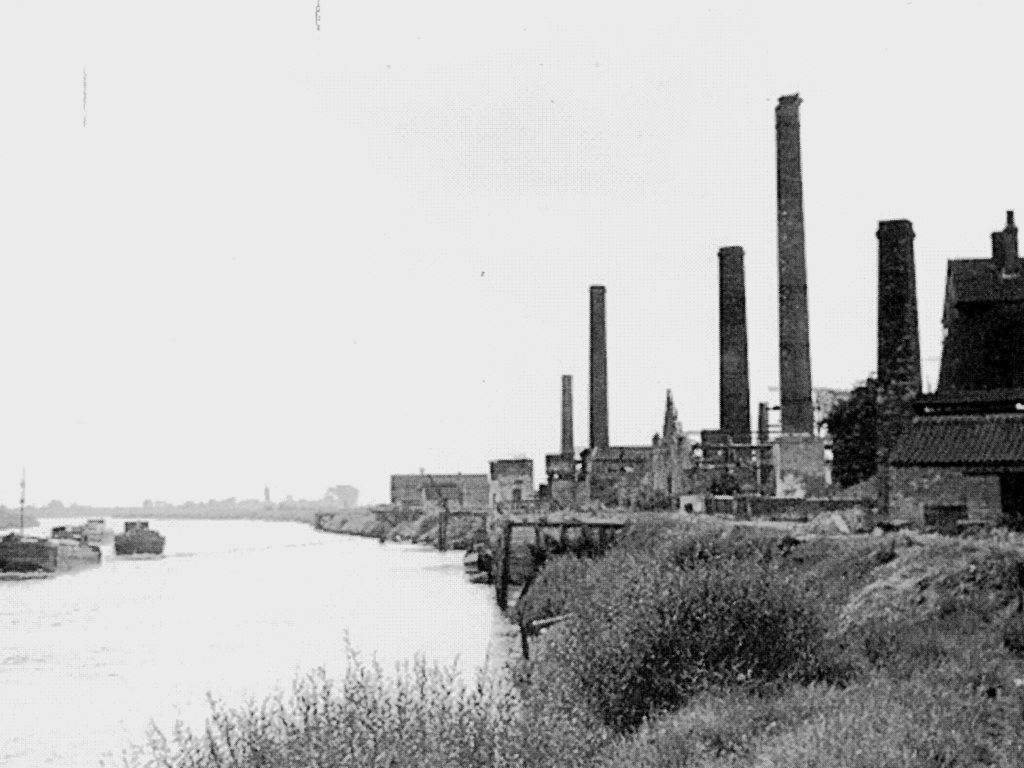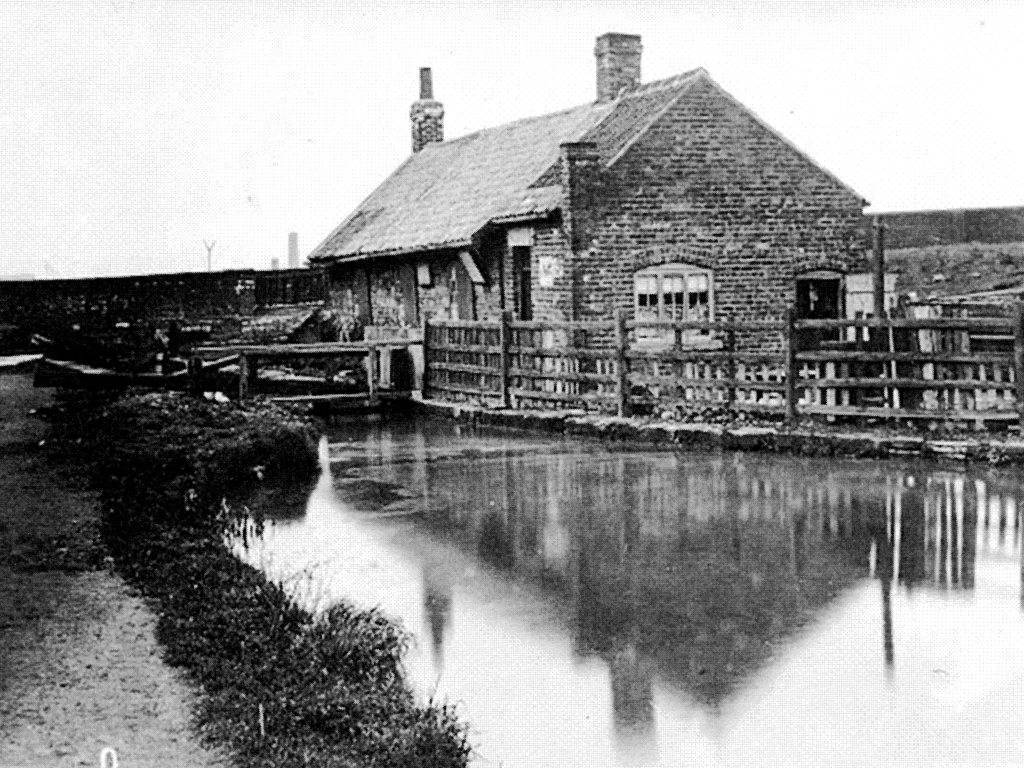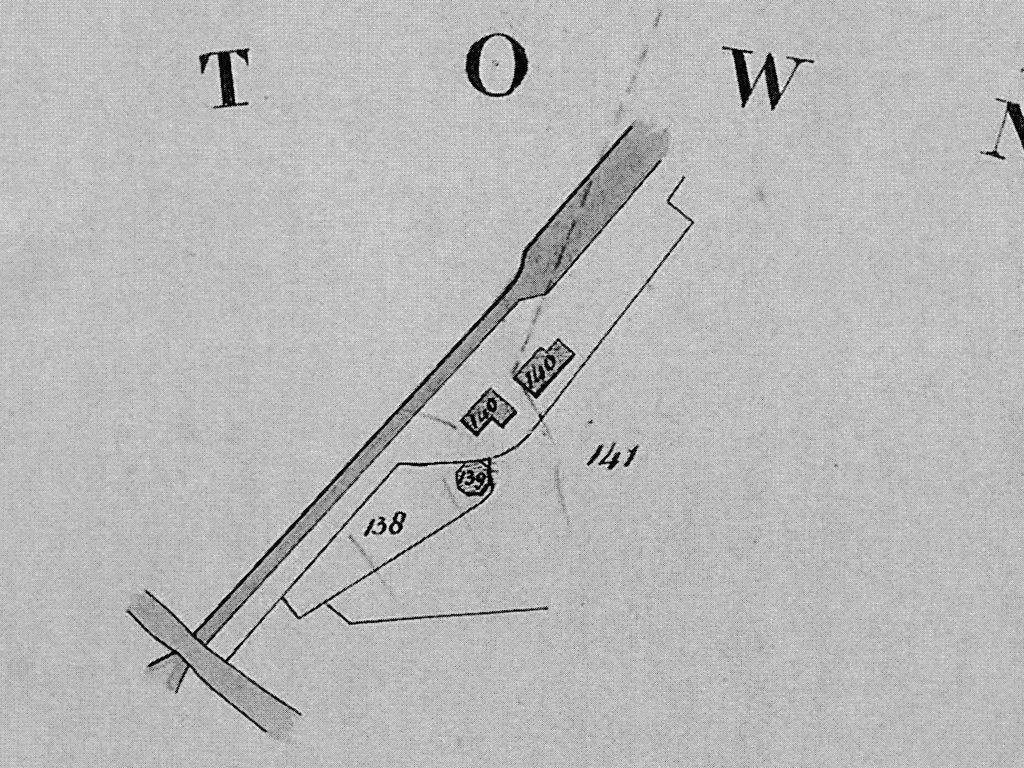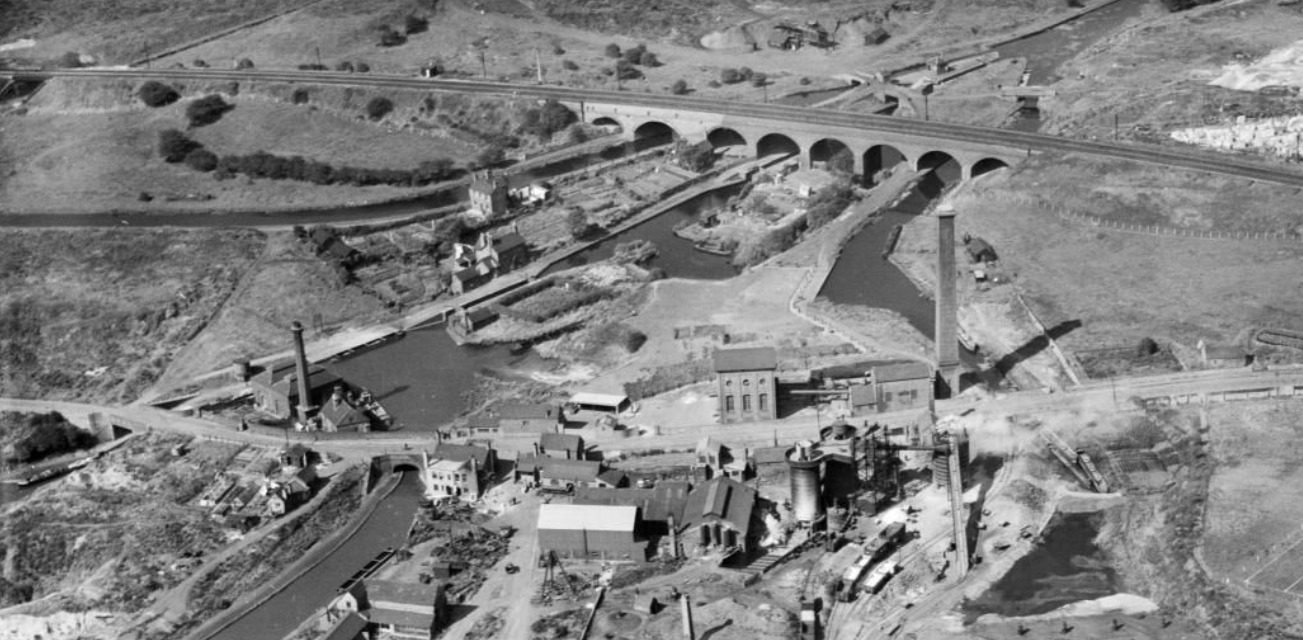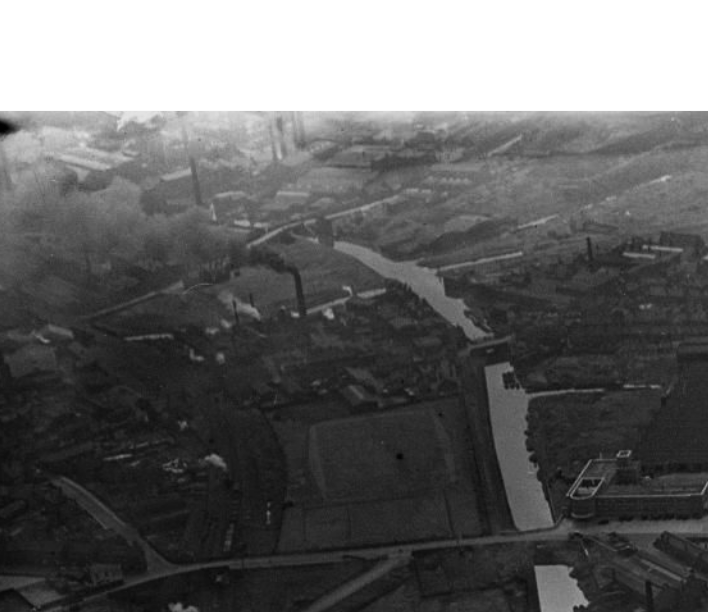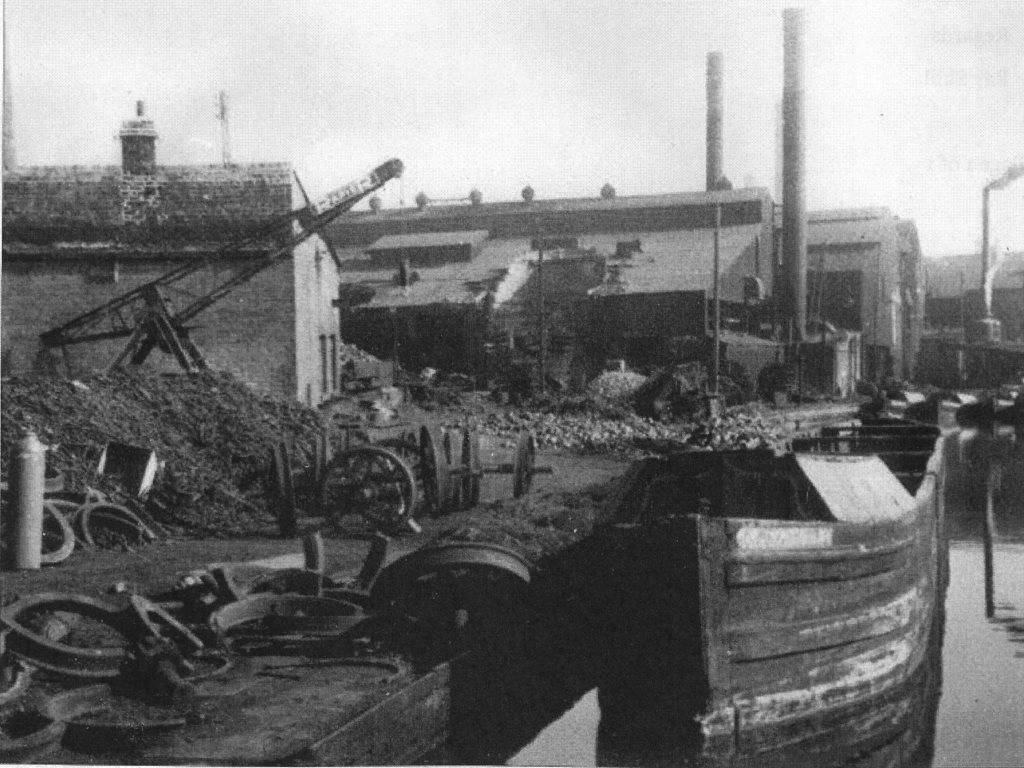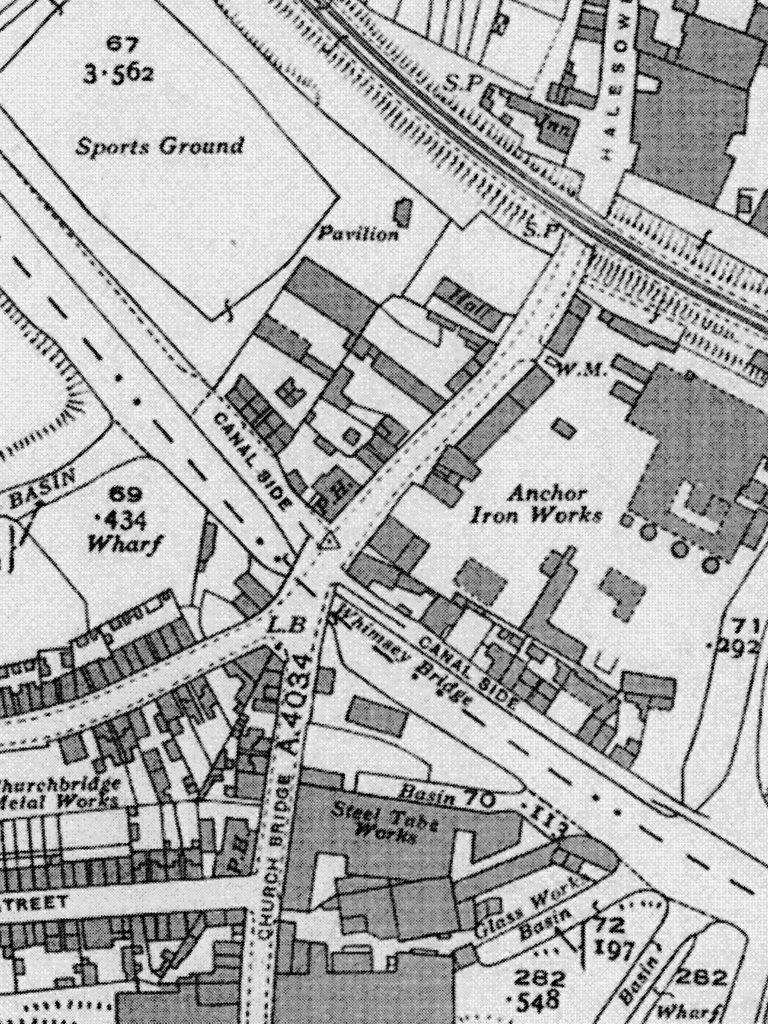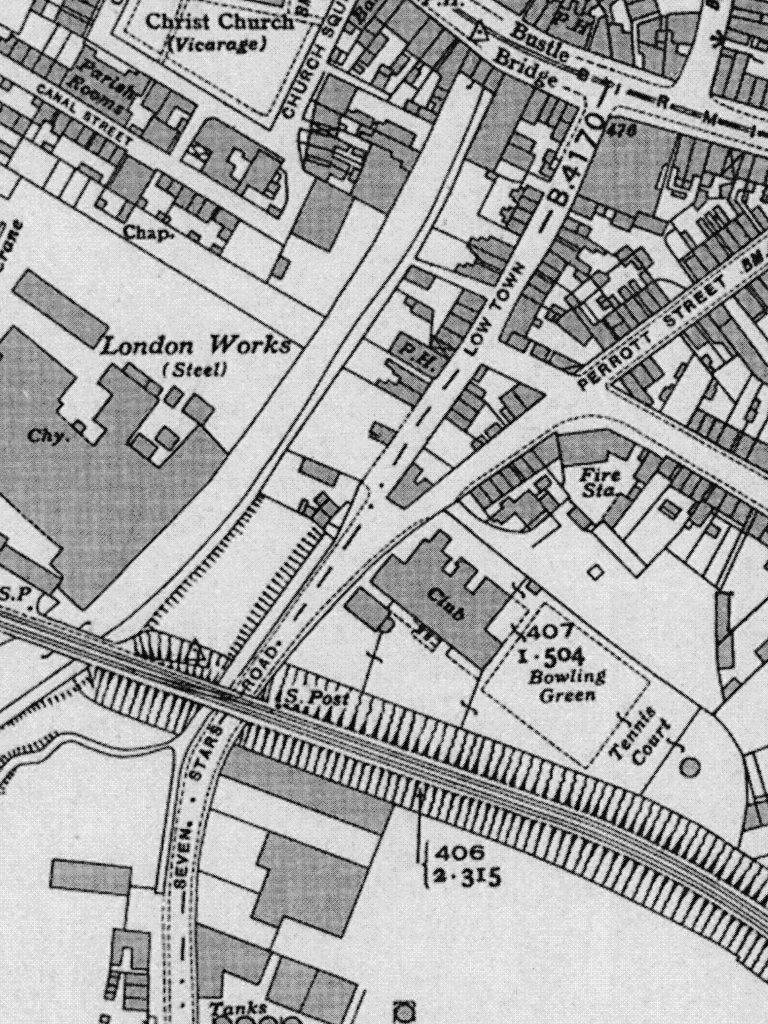-
Posts
3,382 -
Joined
-
Last visited
Content Type
Profiles
Forums
Events
Gallery
Blogs
Store
Everything posted by Heartland
-
Braithwaite and Sons had taken the contract for repair and reconstruction of the Thames & Severn (3 1/2 miles) in December 1901. The agreement that was subsequently reached was the supply of clay by the council. So the trucks were probably council leased or owned on the narrow gauge railway. The quality of clay was questioned by the contractor and that led to arbitration in Court in 1904. Whilst the canal opened in 1904, there were further problems and further closures, not the best result for keeping trade.
-
That is very specific. A Braithwaite were the contractors for the Thames & Severn work. They used a Manning Wardle loco on the contract. Ever come across an image of that loco?
-
Canal restoration might be a phase of modern times, but there was a previous attempt to repair and restore a canal at the start of the twentieth century. In this view a narrow gauge railway is used to bring puddle clay to canal side, but where was it ?
-
This image shows a tanker barge and other craft which the CRT mentions might be the Shearwater Canal. Where was, or is the Shearwater Canal? Is it fact or fantasy ? Is it the River Trent and what was the works? James W Cook was said to be the owner of the barges - so it might be the Colne, in Essex.
-
Sometimes working backwards in family searches works First of all is the Norman, the Norman William Gilbert born in 1920 and died in 1992 ?
-
Yup Tapton Lock, Chesterfield Canal, at least that is what the Waterways Archive states .
-
Police carrying guns deserves a comment
-
-
Water onto coke produced "Water Gas" which was rich in hydrogen and provided a gas in a quick time to supplement gas demand at peak times. Gas Water is mentioned in gas works records and is the liquor that was rich in ammonia salts and had a market for manures and chemical manufacture Chance and Hunt moved gas water to the Oldbury Alkali works by narrow boat and British Cyanides Co Ltd works at Oldbury Thomas Clayton, apart from tar and oil carried gas water to the Oldbury Tar Works and also the British Cyanides works at Oldbury This traffic being bulk liquid traffic, there was also the conveyance of chemicals in carboys etc----- Cowburm and Cowper brought boats to Courtaulds with Carbon Bisulphide, Caustic Soda and Sulphuric Acid. there was also some traffic in Acetic Acid along the BCN to the Coventry Canal.
-
Some interesting comments that mention barge and narrow boat traffic on canals, but the subject is wider than just tar and oil, with narrow boats there was also the transport of gas water and cyanides and chemicals Whilst Claytons had an important share of the market, there were other firms involved. Yeomans of Oldbury was a case in point. Crosbie moved chemicals by narrow boat. It is a complex subject.
-
Obviously the proof is in the answer. both have gunned down to the correct answer ...
-
Does a ford have a base of stone etc for the road traffic to cross? Fords were river crossings, which included navigations, and still exist in some places. Were there any cases of fords across canals. In the early times of canal development there was the belief that a ford might be a cheaper option. How deep the ford might be is a matter for discussion though. Some fords can be traced to roman times and others to medieval times. Oxford is said to have been Oxen Ford.
-
-
Unlike the Kelpies which is definitive art, this sculpture of Bella must be discussed as to value, art etc If the model is a fish could a sturgeon a likely candidate ? For those who know about the West Midlands Bella was given to a skull found in a Witch Elm in Hagley Wood whose murder has yet to be resolved although there was a facial reconstruction made in 2018.
-
With the redevelopment of the Tower Ballroom site, there has been recent talk of closing off the path to the dam making it private property. Is this an issue that CRT should have addressed, because it was a popular walk.
-
Read my Trent & Mersey Book Yes the intention was to go to the Potteries and to Lichfield. There are other copies of Brindley's report And this was a formative time for canals where fords were considered as a cost effective measure of construction
-
Fireless Locomotives were once a common sight at some industrial locations, made by firms such as Andrew Barclay and others.
-
The location seems to be the same, but there was a plan for single locks before the work was done.
-
Well that was good Glen
-
I am not sure where the reference of Shelton Bar Steelworks is directed. However for the present here is a map query which shows locks that were once a staircase, but not then as this is a part of a tithe map.
-
Work has gone on to restore the dam since the "emergency" of 2019. And it still goes on in what must be a very complex reconstruction project, When will it be finished?
-
There is a 1934 image from Britain From Above that shows the Pensnett Canal at Parkhead the cottage that was alongside it.
-
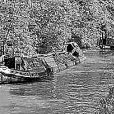
WW2 Bomb damage in Smethwicjk GKN works
Heartland replied to Laurence Hogg's topic in History & Heritage
A 1935 view of Britain from Above shows the area around the two ironworks with Whimsey Bridge centre right. -

WW2 Bomb damage in Smethwicjk GKN works
Heartland replied to Laurence Hogg's topic in History & Heritage
Yes this image and where it is of interest and still needs clarification. Laurence Hogg suggested it was on the Cape Arm, but the Anchor Ironworks and London Works at Oldbury were suggested. Looking at the 1938 ordnance survey the Anchor works was on the Oldbury Loop near the junction and close to Whimsey Bridge, whilst the London Works was north of the Oldbury Railway Bridge. -

WW2 Bomb damage in Smethwicjk GKN works
Heartland replied to Laurence Hogg's topic in History & Heritage
This post received no further replies but the image of interest as it shows a now disused part of the BCN


